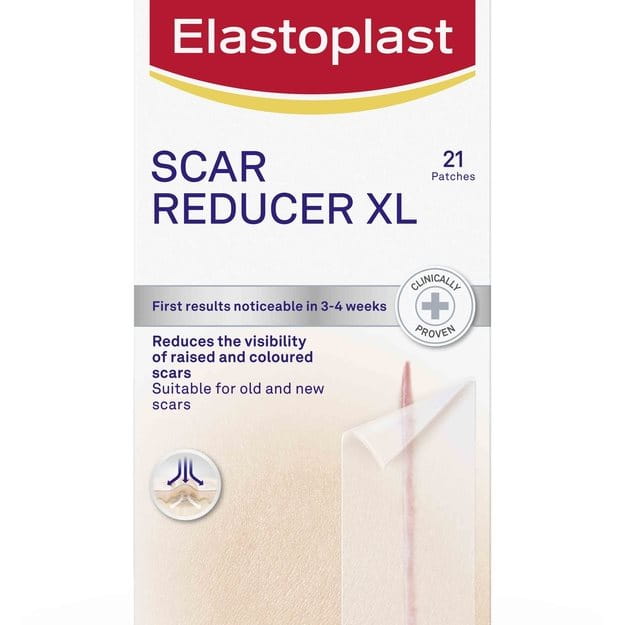How to Heal a Wound Quickly
Wounds will heal faster when you attend to them right away and keep them moist. That’s right, letting your wound ‘air dry’ is a common misconception. Moist wound conditions not only heal cuts quickly but reduce the risk of scabbing and scarring too.
The whole healing process is influenced by how well you care for your wound, which dressings you use and where on your body your wound is located.
Heal your wound quickly by following these four simple steps:
- 1. Clean your wound
- 2. Apply a Plaster
- 3. Apply a Wound Healing Ointment
- 4. Reapply fresh plasters



